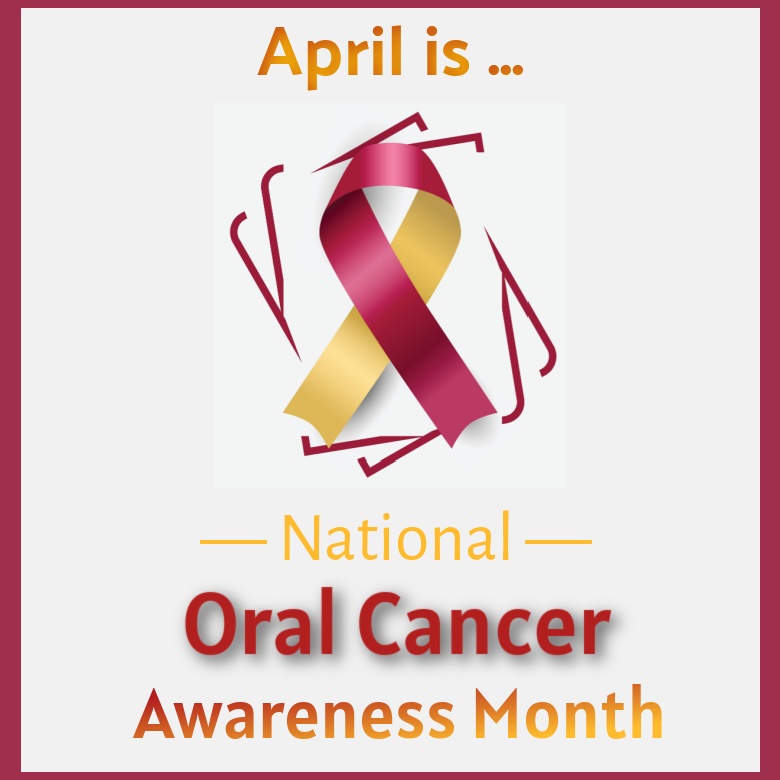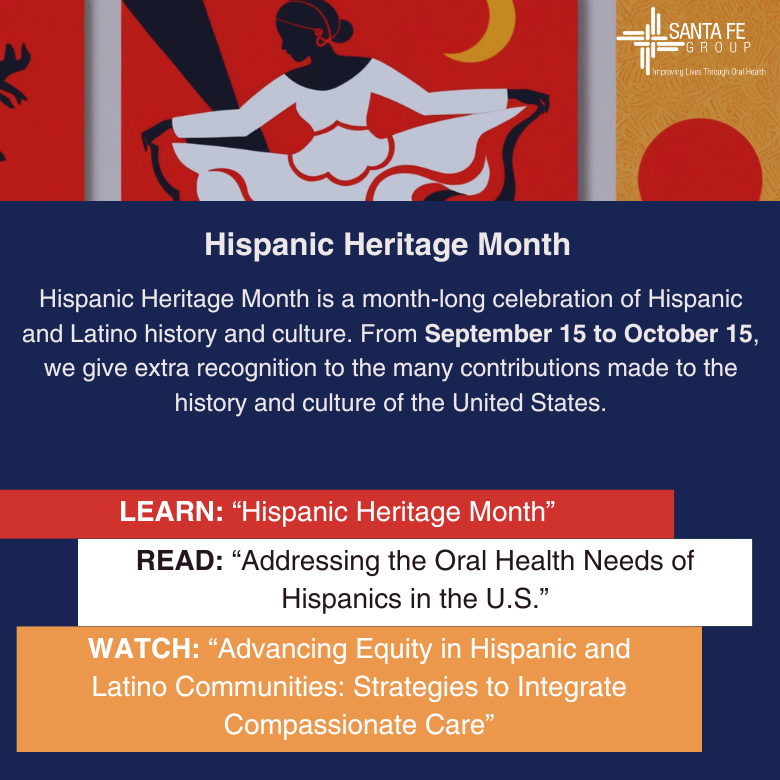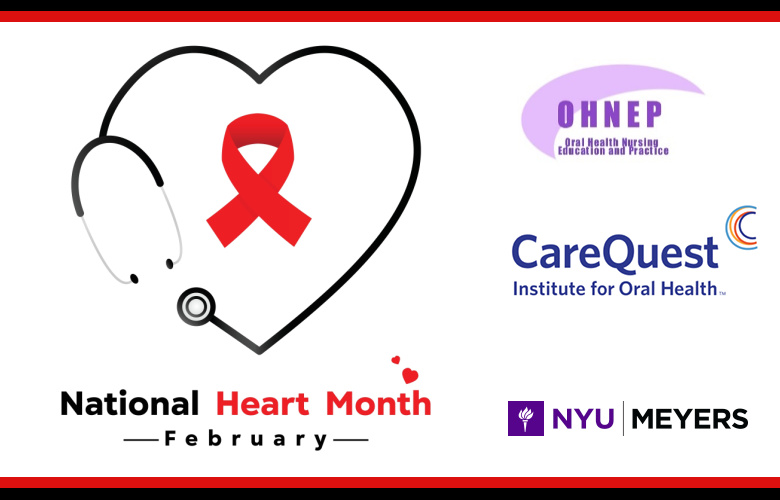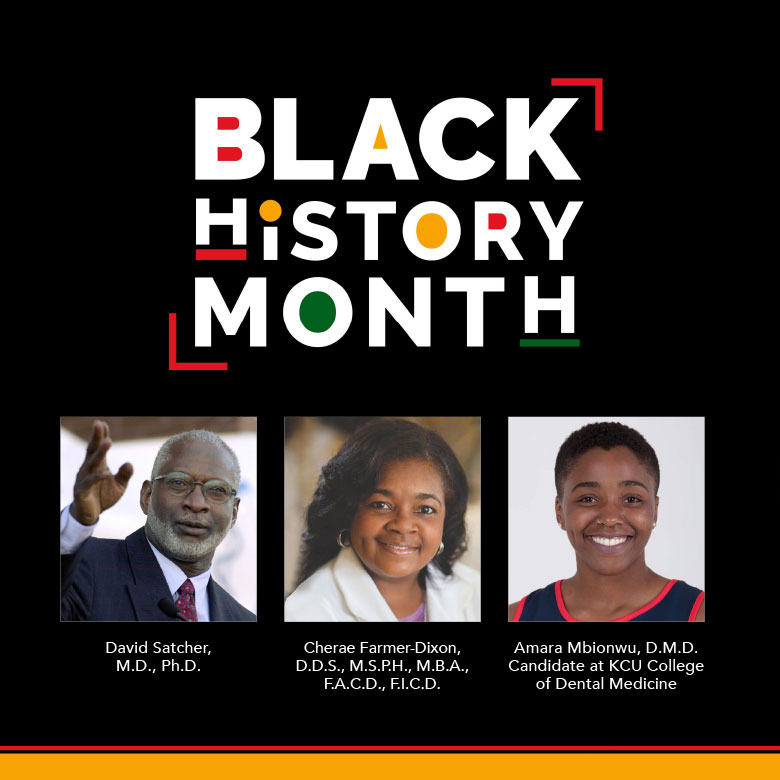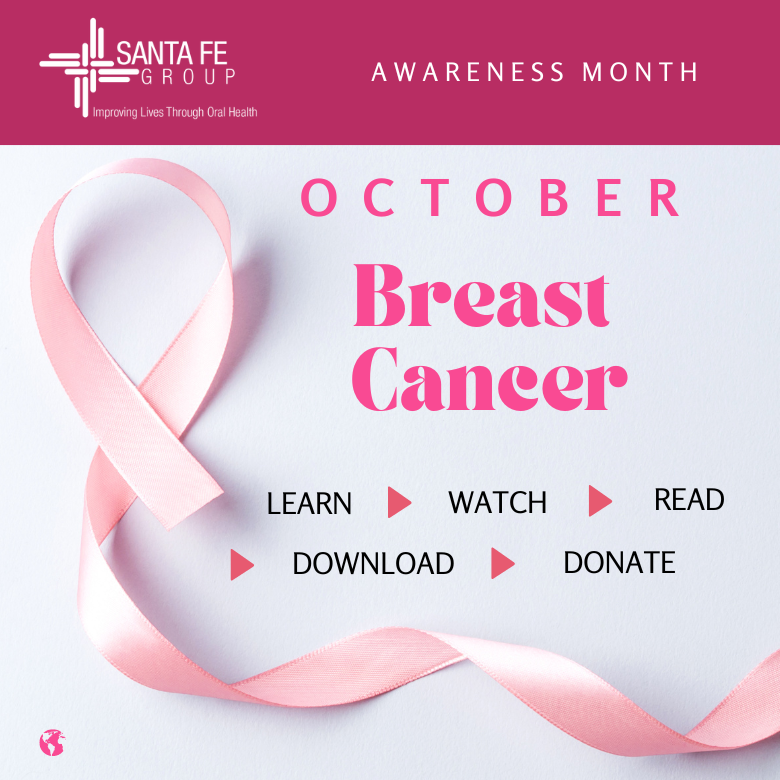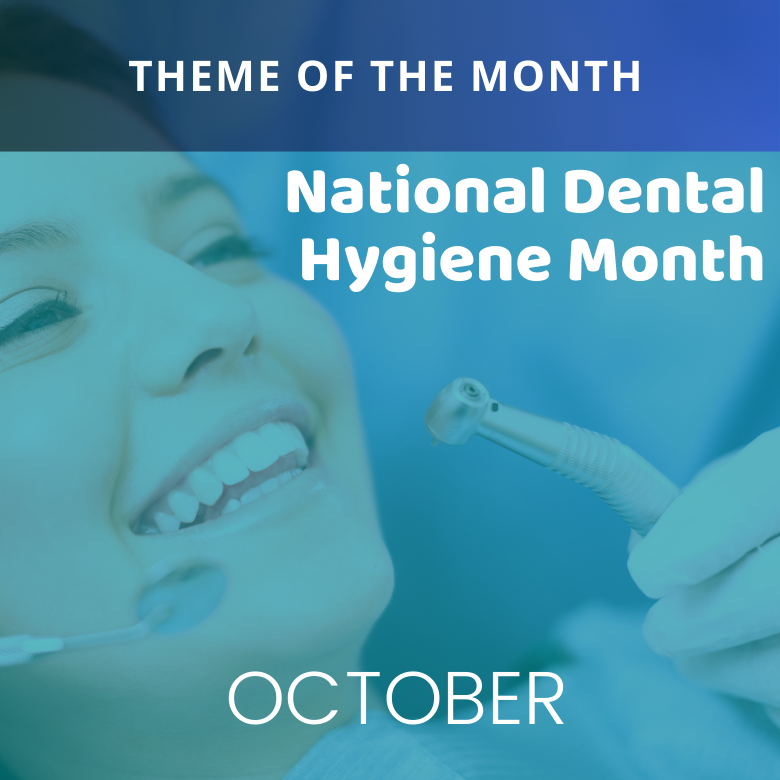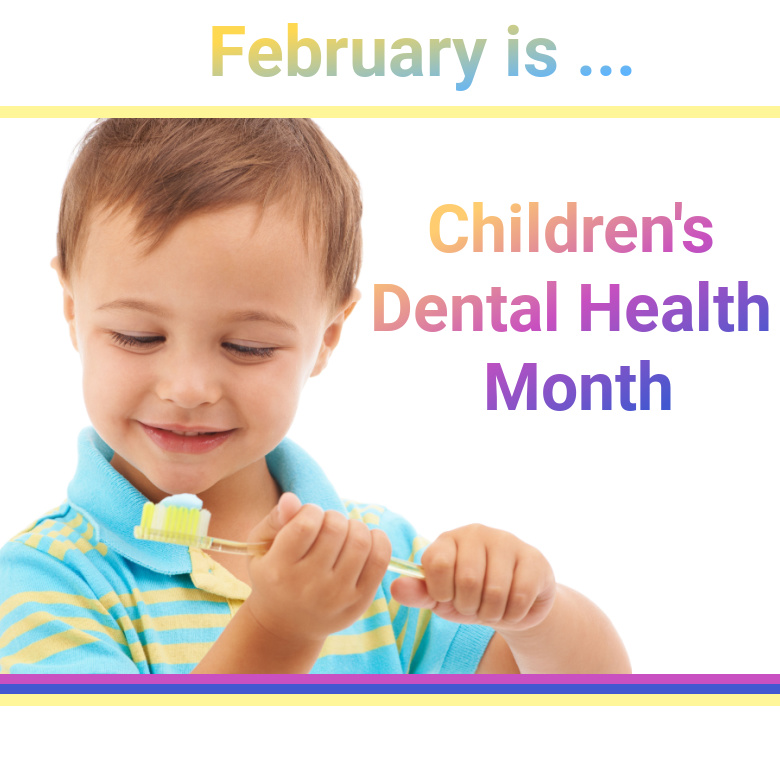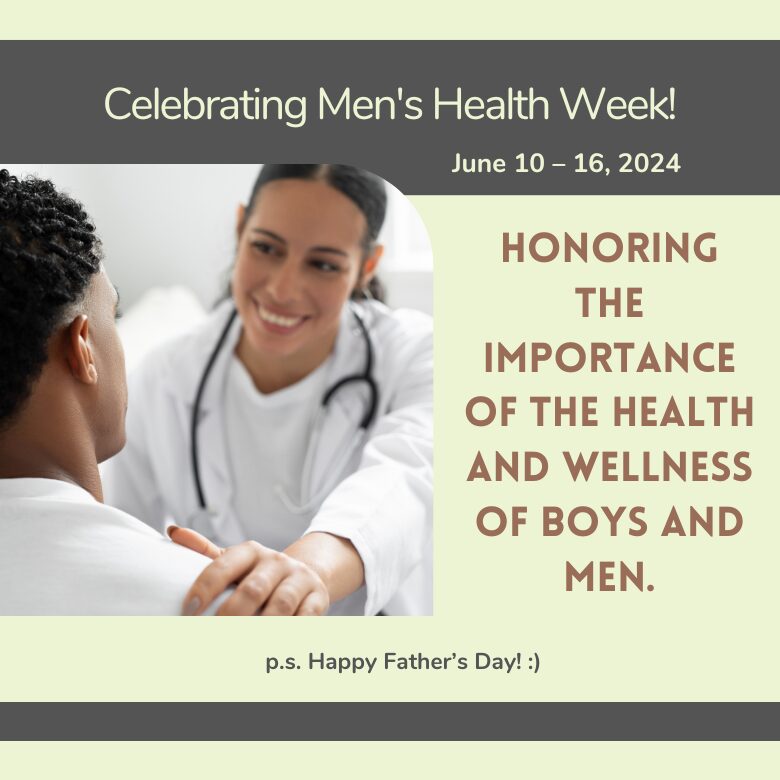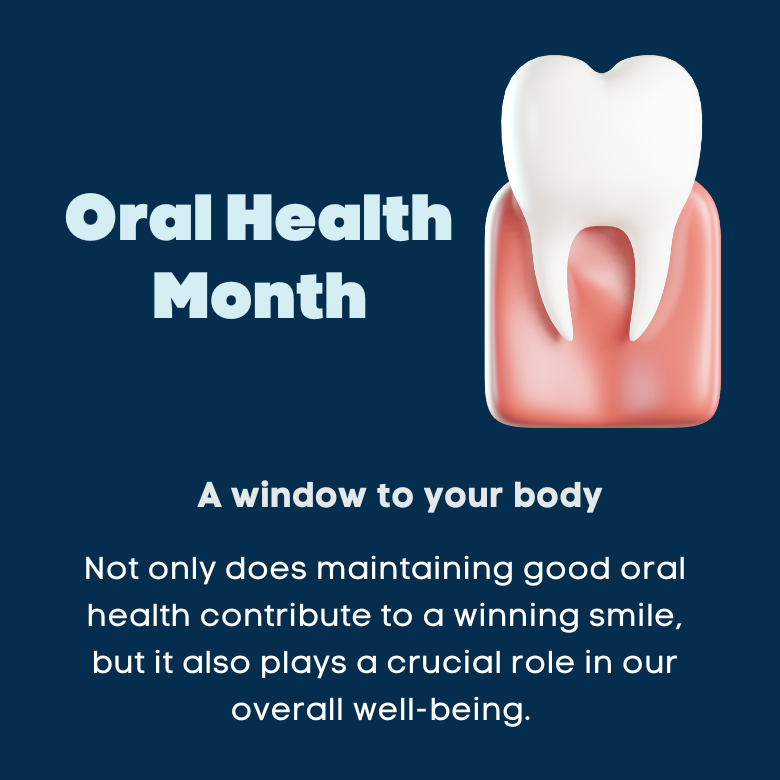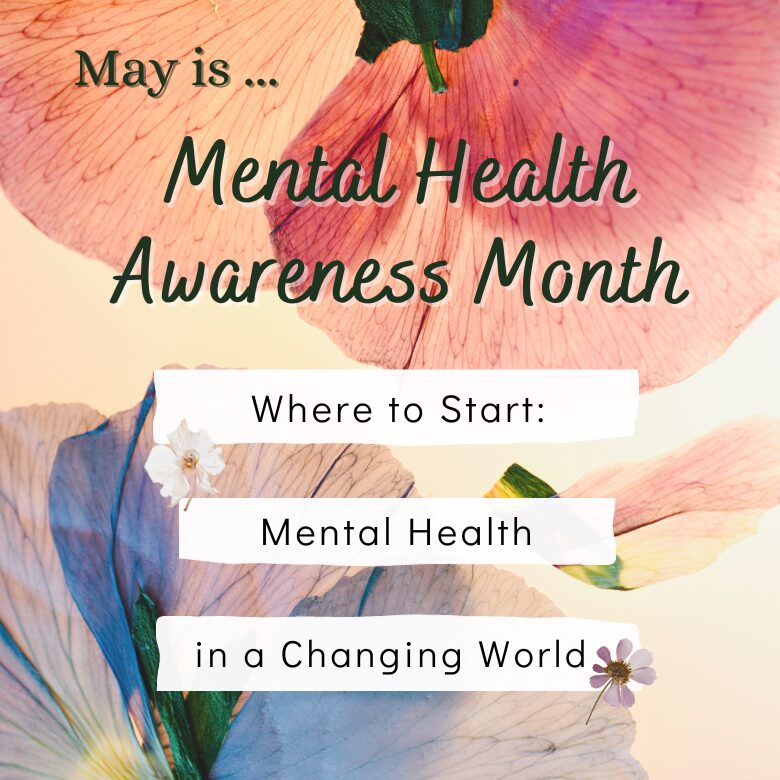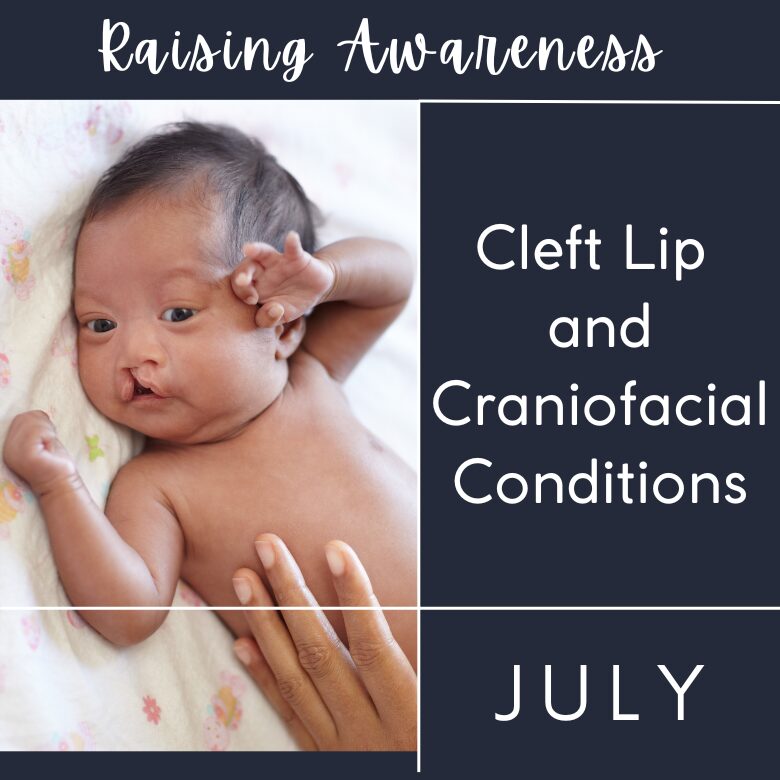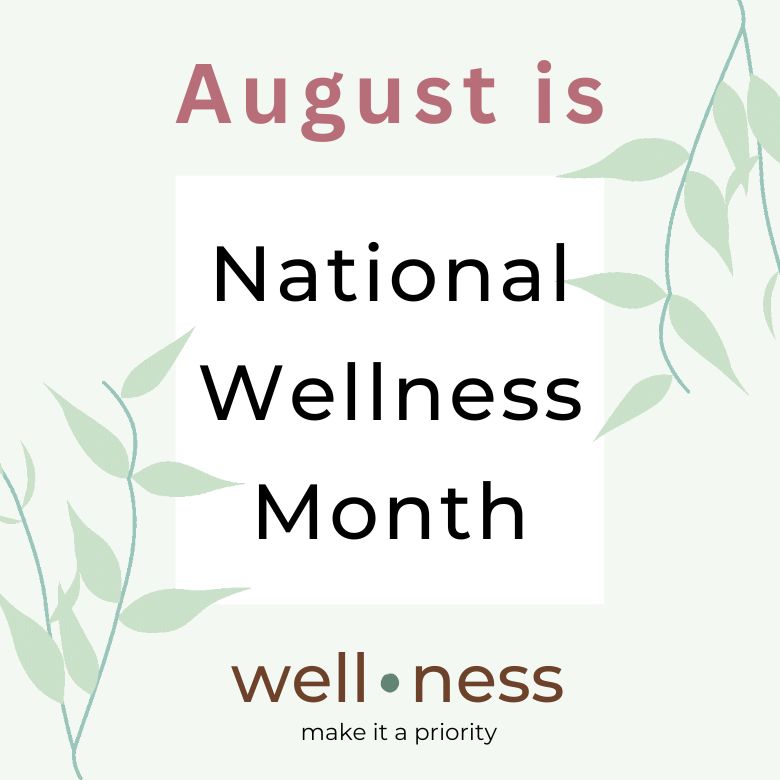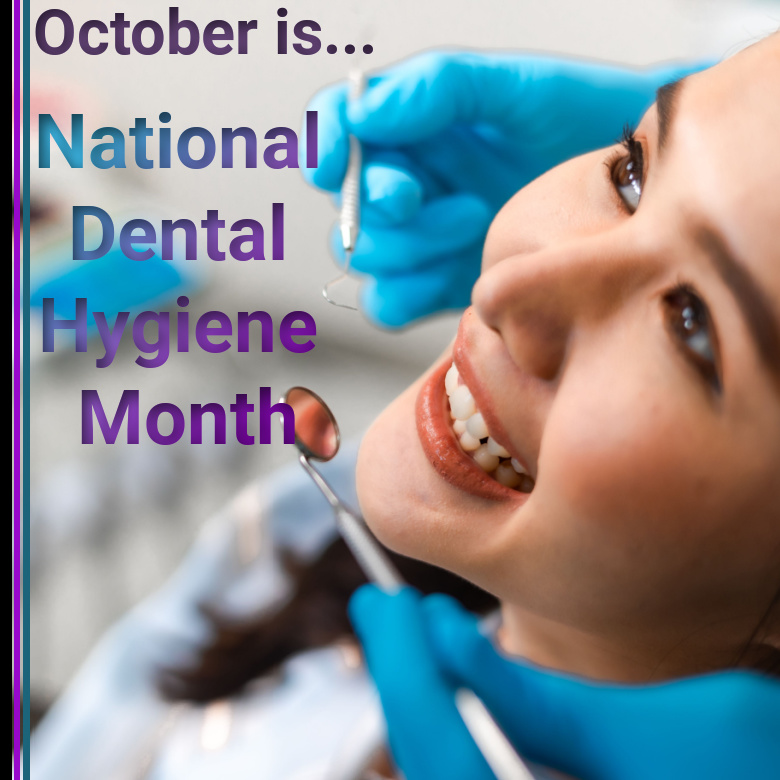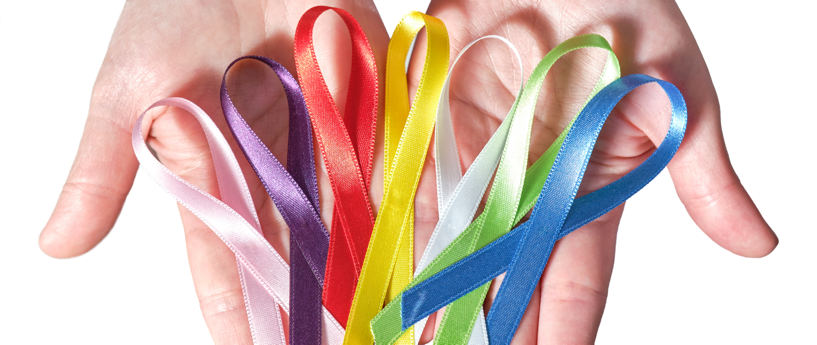
Public Awareness & Advocacy
Awareness campaigns translate evidence into action. By aligning messages with national health observances and culturally relevant moments, SFG helps advocates and partners spotlight the oral–systemic health connection, encourage preventive oral health behaviors, and advance equity-focused policy solutions.
Why Public Awareness & Advocacy Matters
Public awareness drives real-world health behaviors: people are more likely to schedule dental visits, seek screenings, and adopt preventive oral health habits when they encounter timely, trusted messages. For partners and advocates, awareness months offer a ready-made platform to amplify the oral–systemic connection—how oral conditions relate to diabetes, cardiovascular disease, cancer, respiratory illness, and healthy aging. When communications align with lived experience and community priorities, they also advance oral health equity, opening doors for populations historically left out of the conversation.
The content curated here is designed for reuse: newsletter snippets, social-ready headlines, and evidence-informed talking points that help coalitions grow, clinicians educate, and policymakers act. Use the featured items below for fast wins, then build a year-round plan with the month-by-month calendar.
The Santa Fe Group serves as a facilitator and convener, helping partners, coalitions, and educators align around shared themes and amplify each other’s work. Through this page, SFG curates evidence-based content, toolkits, and success stories that others can adapt for newsletters, community programs, and media outreach—turning awareness into sustained engagement.
By linking awareness months, advocacy resources, and partner initiatives in one place, this hub improves both visibility and collaboration. Search engines recognize it as an authoritative resource on oral-health awareness, prevention, and advocacy—and visitors recognize it as a practical starting point for building and sharing campaigns that advance public health.
How to Use the Awareness Calendar
A simple structure turns seasonal interest into sustained impact:
- Plan quarterly: Each quarter, pick 2–3 themes to emphasize (e.g., Oral Cancer Awareness in April; Wellness Month in August).
- Bundle messages: Publish a short explainer on the theme, link to one SFG article and one resource/toolkit, and offer an action (screening, shareable graphic, event).
- Repurpose smartly: Turn one story into multiple formats—newsletter blurb, social post, and a short web update—linking back to this hub.
- Close the loop: Add a call-to-action in every piece (for example, find a screening, read the toolkit, or share this update).
The campaigns below are hand-picked to support this approach—mix evergreen resources with timely stories so your audiences always have something useful to do next.
Featured Awareness Campaigns
Cultural Heritage & Equity
Awareness is most effective when it reflects the cultures and communities it intends to serve. Observances like Hispanic Heritage Month and Black History Month are opportunities to elevate trusted voices, surface community-led solutions, and connect oral health to broader goals like economic mobility, education, and healthy aging. Tailor messages with community partners, use inclusive images and stories, and link audiences to practical resources such as coverage options, screening locations, or caregiving tips.
On this hub you’ll find stories that honor identity and experience while advancing public health oral care policy—an equity-first approach that builds trust and participation over time.
Month-by-Month Awareness & Advocacy
Use the calendar to time your communications. Each card links to an SFG News or Resources page you can excerpt, cite, or share across channels.
Screening & Prevention
Campaigns that drive screenings save lives. Pair awareness-month stories with clear next steps: oral cancer screenings, tobacco cessation resources, fluoride and sealant information for families, and interprofessional referrals that connect dental and medical teams. Reinforce the oral–systemic connection—how preventive care supports heart and metabolic health—and make it easy for audiences to act with local links and phone numbers.
Advocacy Toolkit
Equip your network with ready-to-use content:
- Key messages: Short talking points that connect oral health to overall health and equity.
- Templates: Newsletter blurbs (100–150 words), one to two sentence social posts, and a one-paragraph op-ed opener.
- Partner pack: A simple Google Doc with links to this hub, top articles, and branded graphics.
- Calls-to-action: Find a screening, share an infographic, contact a policymaker, or join a coalition event.
Keep materials evergreen and swap in seasonal references—this lets you maintain a consistent drumbeat while riding peaks in public interest.
Join the Movement
The Santa Fe Group convenes leaders across health, policy, education, and industry to elevate oral health as essential health. Your support helps translate evidence into action, expand awareness, and advance equitable access to care.
Frequently Asked Questions
What is the goal of an oral health awareness campaign?
To turn attention into action by encouraging preventive behaviors, screenings, and informed decisions while advancing community oral health advocacy and equitable access.
How do we connect oral health to broader public health?
Keep the oral–systemic connection front and center by tying oral health to chronic disease prevention, maternal health, mental wellness, and healthy aging, with clear steps readers can take.
What messages most effectively promote preventive oral health during awareness months?
Use concise prompts that link daily habits and timely screenings to outcomes people care about, such as comfort, nutrition, and staying active. Anchor each message in an evidence-based article or toolkit and end with one specific call to action.
How can we highlight the oral–systemic connection without duplicating clinical guidance?
Summarize the connection in one or two sentences and point readers to clinical resources on the Oral–Systemic pillar for depth. In campaign pieces, focus on actionable prevention steps and referral pathways rather than clinical protocols.
What calls to action increase oral cancer screening and early detection?
Offer a simple next step such as a screening finder, a phone number to book an exam, or a printable checklist. Pair it with a short reason to act now, for example mouth sores that do not heal or persistent hoarseness.
How do we localize oral health awareness for health equity?
Co-create with community partners, use culturally relevant examples and languages, and link to local clinics, transportation options, and assistance programs. Feature trusted messengers and provide options for in-person and online actions.
How can partners coordinate advocacy on public health oral care policy?
Align on two or three policy messages per quarter, share a common factsheet and social copy, and schedule a joint day of action. Provide a brief email template for contacting lawmakers and a link to testimony or position statements.
Which content formats work best for community oral health advocacy?
Short explainers, one-minute videos, and simple infographics perform well when paired with a single action button. For stakeholders and media, include a one-page brief that summarizes the issue, the oral–systemic link, and requested actions.
How should we address oral health misinformation while promoting prevention?
Respond with brief, sourced corrections and link to reliable references. Do not repeat false claims in detail. Encourage questions, invite screening or consultation, and escalate coordinated misinformation to platform reporting tools.
How can dental–medical teams collaborate on awareness and referrals?
Share a monthly theme, a two-sentence screening script, and a referral handoff card with QR codes to resources. Track warm handoffs and close the loop with a short feedback note between teams.
Page last updated: October 24, 2025

